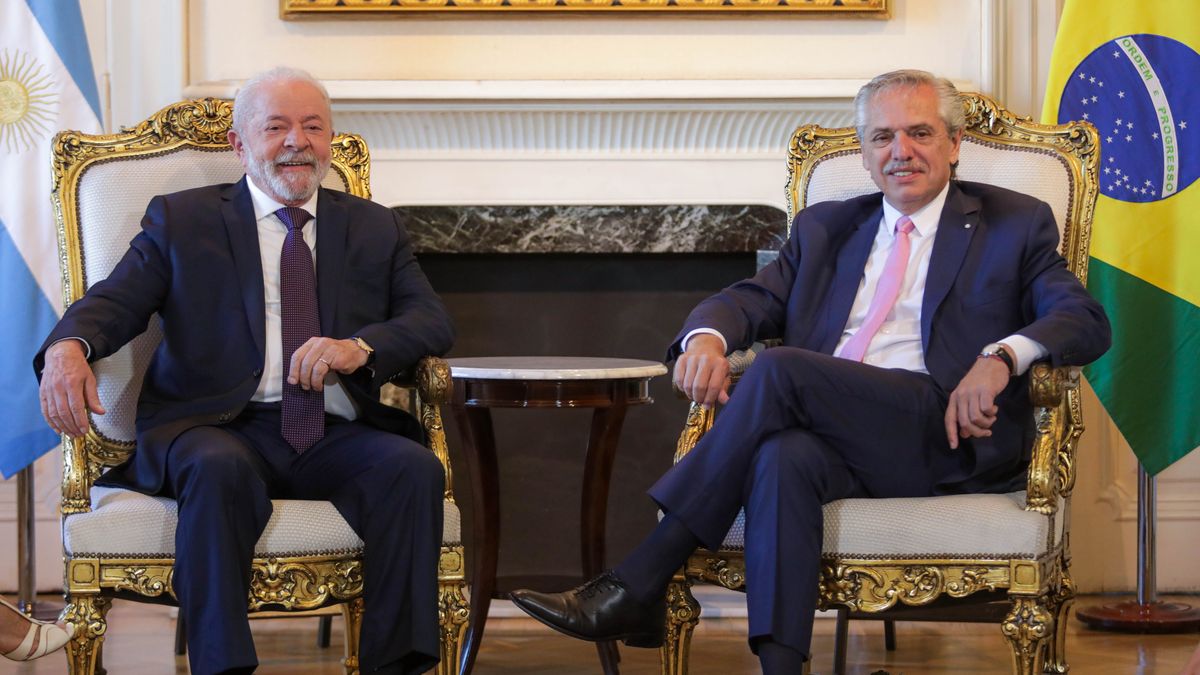In this sense, the consultant highlights that the deepening of the bilateral relationship with Brazil will operate on at least the following axes:
- the external constraintrelaxing the need for foreign currency for commercial exchange with Brazil, granting more dollars available for other uses;
- the economic activitynot only leveraged by traditional exports to that country, but also by the possibility of exporting gas from Vaca Muerta to the southern border of Brazil;
- the reconfiguration of the regional coordinationwhich is expressed in political-economic agreements that provide sovereignty and development to the region.
Positive impacts on the Argentine economy
Thus, from CEPA they emphasize that the initiative of the agreement “allows us to envision numerous positive impacts for the Argentine economy and the region” and anticipate that one of the elements they expect is that the Lula government implement a more expansive economic policy in Brazil, with emphasis on public investment, the promotion of industry and income distribution, and that this will result in in a greater growth of Argentina through the increase of exports towards that country, since it is our main commercial partner.
They point out that the positive relationship between the Brazilian and Argentine GDP It is proven given that, “in the last 20 years, when Brazil grew, so did Argentina in 71% of the cases, being the vector that connects them the bilateral trade between both countries”.
In 20221, for example, Brazil it concentrated 17% of foreign trade flows and became the main destination of Argentine exports for almost US$12,000 million, representing 14% of the total. Meanwhile, purchases from that country, for approximately US$15,000 million, represented 20% of Argentine imports, ranking second after China.
Bilateral business relationship
It should be noted that the bilateral trade relationship has historically been more favorable to Brazil. “Although the participation in the opposite direction is substantially lower (Argentina is the counterpart in 7% of Brazilian foreign trade), it is the third most important market, after China and the United States”, they highlight in CEPA. And they add that this link has been taking different nuances and evolved in different ways according to the international context and the conceptual line followed by the current government projects.
In 2020, 2021 and 2022, for example, Brazil It ceased to be our main trading partner and was replaced by China, while our trade deficit with the neighboring country was significantly reduced. “Indeed, the average deficit of 2016-2019 was US$4.4 billion, while that of 2020-2021 was only US$710 million, influenced by trade restrictions derived from the pandemic”, mentions the report.
And he points out that the economic recovery of the last two years allowed the situation to be reversed in 2022, but it should be noted that the exports from brazil they reacted more strongly than the Argentines did, taking the bilateral deficit to values more similar to those of the 2011-2015 period (USD 3.4 billion), responding to the export profile of each of the countries.
Another element they mention is that the profile of the bilateral trade between Argentina and Brazil It is predominantly manufacturing: products of industrial origin are significant and involve high value-added chains. And, in turn, as in other emerging economies, primary products and their first transformation occupy an important place in the total exports of Brazil and Argentina.
alberto fernandez with lula da silva at casa rosada 2023 5.jfif
Since 2008, the Local Currency System (SML) began to operate between Brazil and Argentina, a payment system for commercial operations that allows Argentine and Brazilian importers and exporters making payments and collections in their respective currencies.
Currently, the mechanism is operated through the Central Banks of each country and the financial entities participating in the system, who carry out daily compensation of foreign trade operations and thus obtain the net balance to be compensated, the remainder is applied to Dollars.
That is why the negotiation agenda, as detailed by CEPA, includes energy integration, a set of measures with a high degree of progress that make it possible not only to export Vaca Muerta gas to Brazil, but also LPG, and to import hydroelectric energy at very low prices. competitive, but also, the possibility of extending the Local Currency System to 180 days will make imports viable in a significant way that today cannot be channeled in the stressed exchange market. This proposal also covers the following possibilities:
- a Swap from the Brazilian Central Bank to strengthen reserves and bilateral trade, that is, a reinforcement of money to swell the backs of the BCRA;
- agreements between public banks such as the National Bank for Economic and Social Development (BNDES – in Portuguese Banco Nacional de Desenvolvimento Econômico e Social), the Bank of the Argentine Nation (BNA) and the Investment and Foreign Trade Bank (BICE) to deepen trade, infrastructure of trade and investment
- increase lending capacity of Latin American development banks.
- common currency: in this regard, it implies the initiation of a discussion that should include, among other issues, how to resolve differences in productivity, the stages of convergence of the macroeconomics of both countries (and eventually of others that participate) and the dynamics of decisions economic, monetary and exchange policy.
Source: Ambito
David William is a talented author who has made a name for himself in the world of writing. He is a professional author who writes on a wide range of topics, from general interest to opinion news. David is currently working as a writer at 24 hours worlds where he brings his unique perspective and in-depth research to his articles, making them both informative and engaging.




